We try the Starbucks Pumpkin Spice Latte in Japan!

After a 15-year absence, we finally get our first taste of a drinkable pumpkin pie.
Despite all the weird and wonderful Japan-exclusive Starbucks beverages we get to enjoy here, sometimes customers want a taste of what overseas customers are having, and that’s the boat our reporter K. Masami has found herself in every autumn.
Because when the seasons change and the leaves begin to drop their leaves, all of Masami’s friends overseas start raving about the Pumpkin Spice Latte, a beverage that hasn’t been seen in Japan for 15 years.
That all changed today, though, when Starbucks finally released the spicy latte, in both regular and oat milk versions, and Masami was one of the first in line to get her hands on them.

Masami decided to skip the iced lattes and try the hot versions, and she was particularly intrigued by the oat milk option, as she’d heard that pumpkin and oat milk go particularly well together.
▼ Oat milk version in the to-go cup and regular version in the dine-in mug.

The Oat Milk Pumpkin Spice Latte cost 50 yen (US$0.45) more than the regular variety, with the small oat milk priced at 520 yen and the dairy milk at 470 yen.
▼ It also came with a cute original sticker.
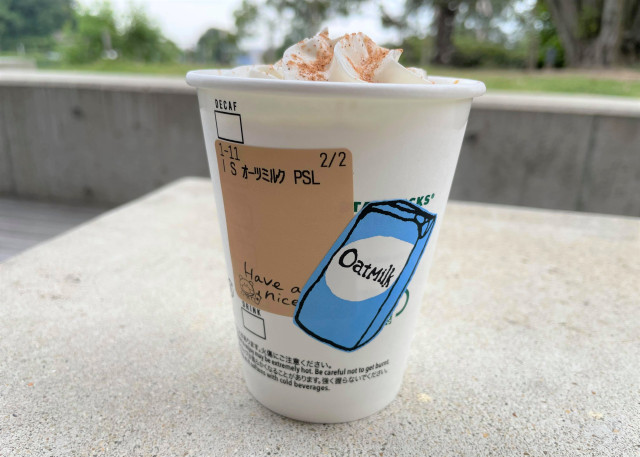
Masami started with the dairy milk version, which contains pumpkin puree, milk, espresso and a variety of spices like cinnamon, ginger, nutmeg and cloves. The first thing she noticed was the aroma of coffee and spices, with the nutmeg topping tantalising her olfactory senses.

She took an initial sip, and was immediately smitten with the way the pumpkin spice flavour wrapped itself around the milky coffee notes. It had a gentle sweetness and a light, delicious aftertaste, with a hint of ginger to add to the warming sensation.

▼ There was plenty of nutmeg and cinnamon in the mix, which gave each mouthful an addictive spicy kick!

She now knew what all her friends meant when they told her that this was the taste of autumn. With the temperature dipping in Japan for the first day of the new season, Masami felt as if she was being blanketed by the cosy new flavours, and when she got her first sip of the oat milk version, she was impressed to find that the pumpkin spice and oat grain really did blend harmoniously together.

It was like drinking a rich, spicy pumpkin pie, and Masami couldn’t imagine a better drink to help ease her into the season of pumpkins and cool weather. Both hot versions received a big thumbs-up from our first-time taste-tester, and her only wish is that the new lattes will now return every autumn because she definitely wants to try these again, and they’re only available for a limited time, until 31 October.
For those looking to extend the spiced latte season, though, there’s always the Autumn Spice Oat Latte, which comes with a green pumpkin seed topping, available exclusively at the Starbucks Reserve Roastery Tokyo until 11 November.
Source, images: Starbucks
● Want to hear about SoraNews24’s latest articles as soon as they’re published? Follow us on Facebook and Twitter!
Credit:

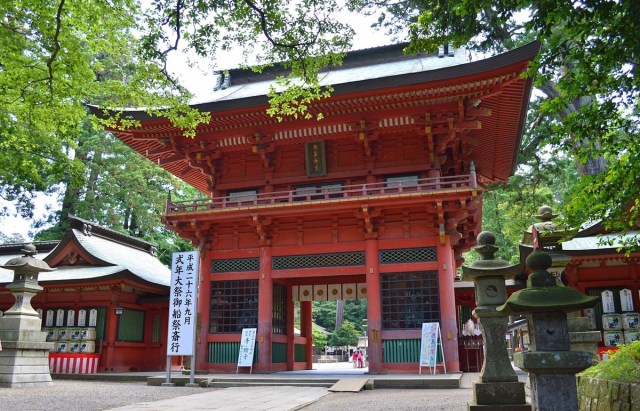
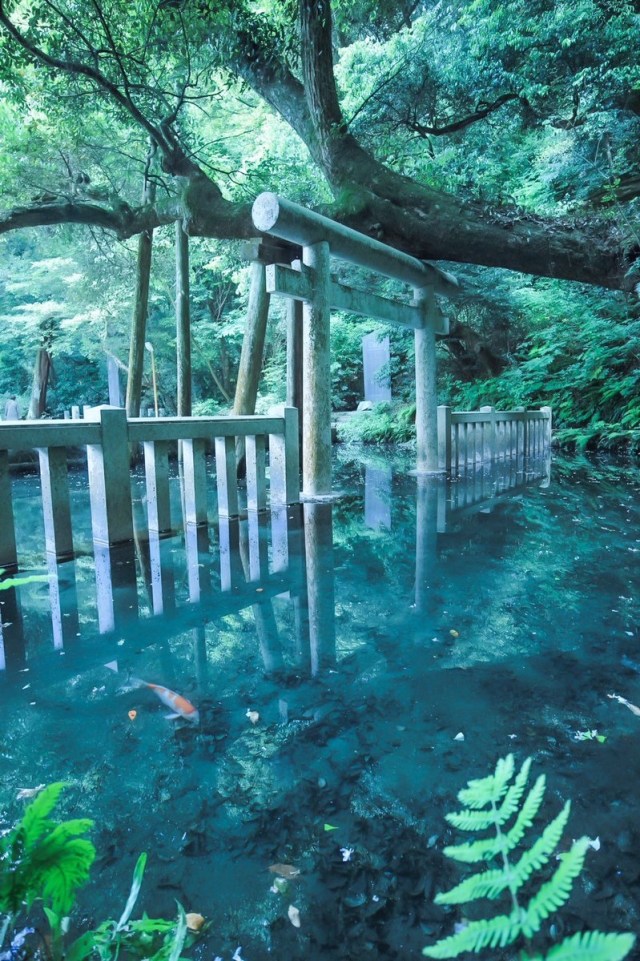
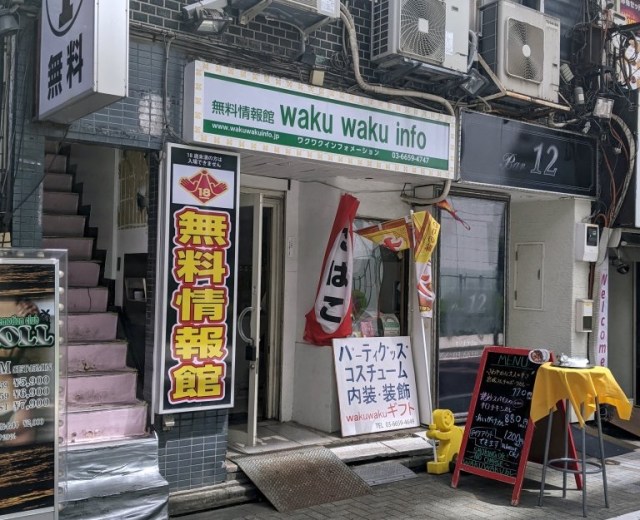
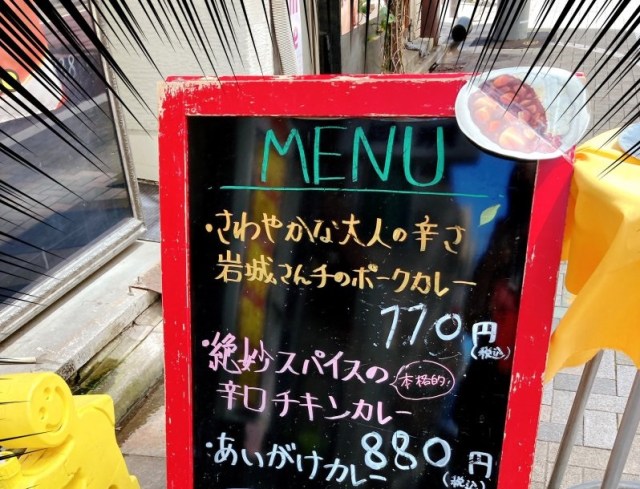
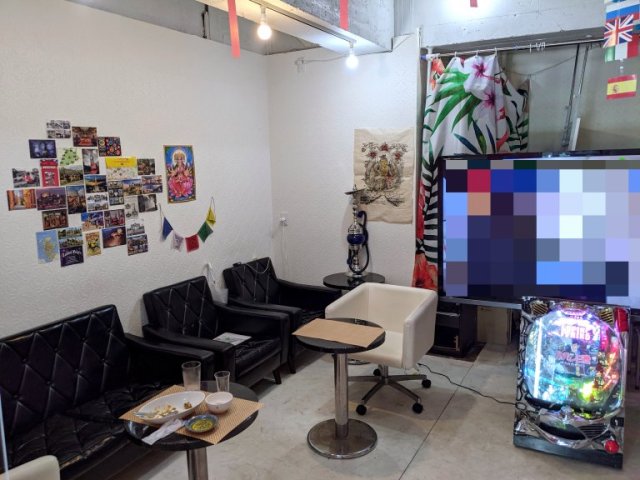
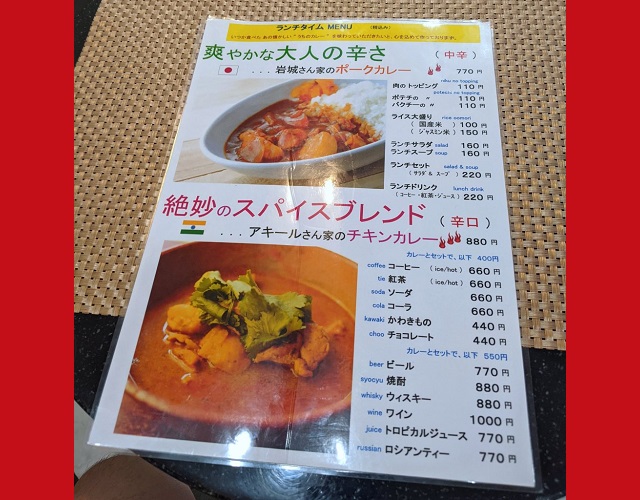

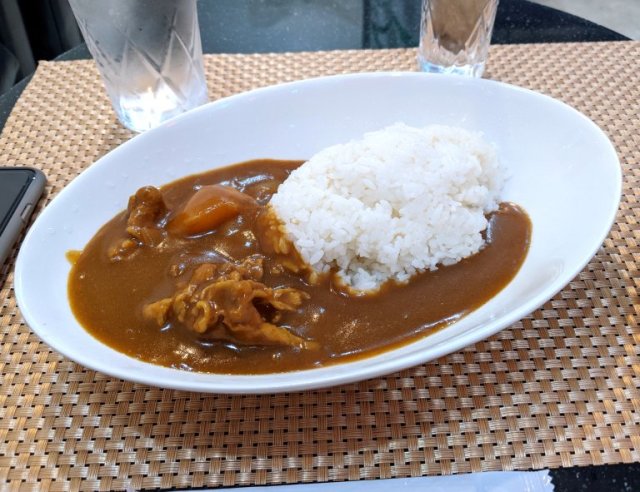


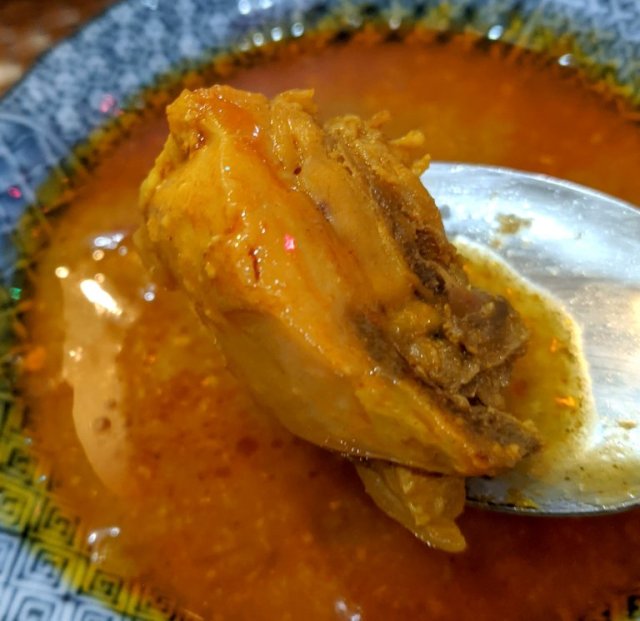
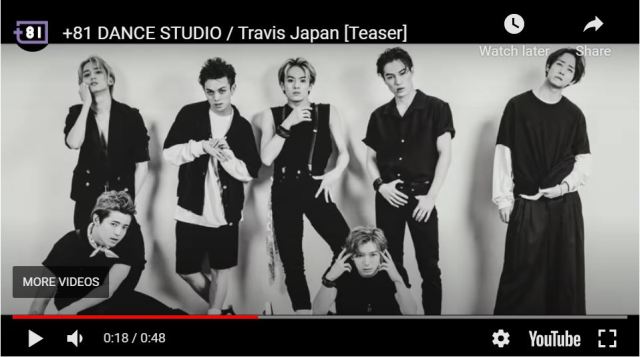

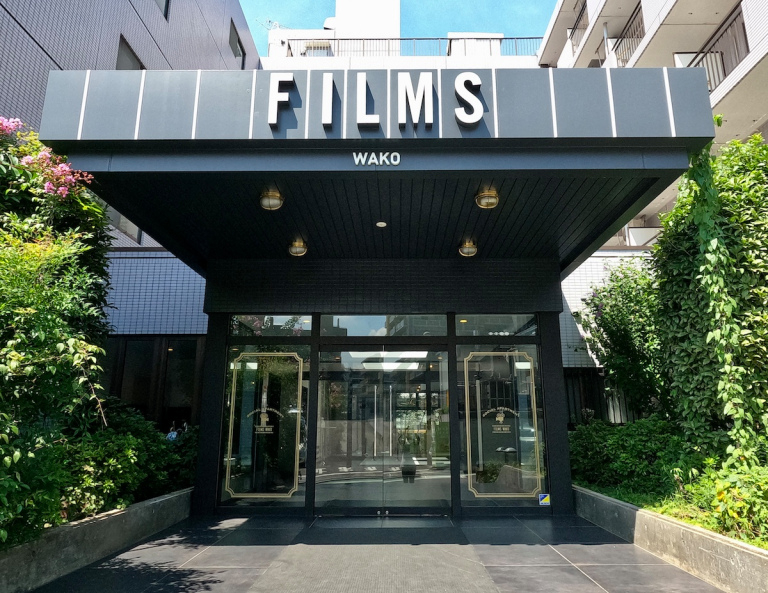

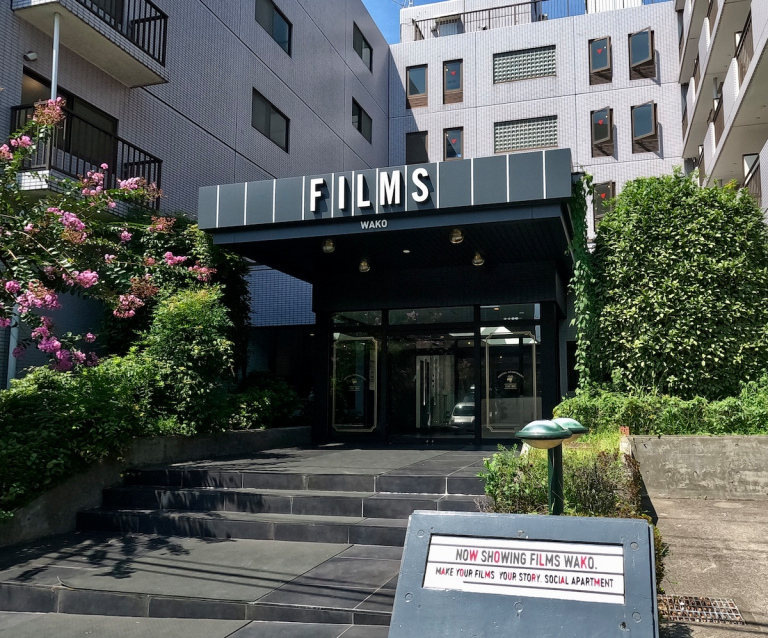



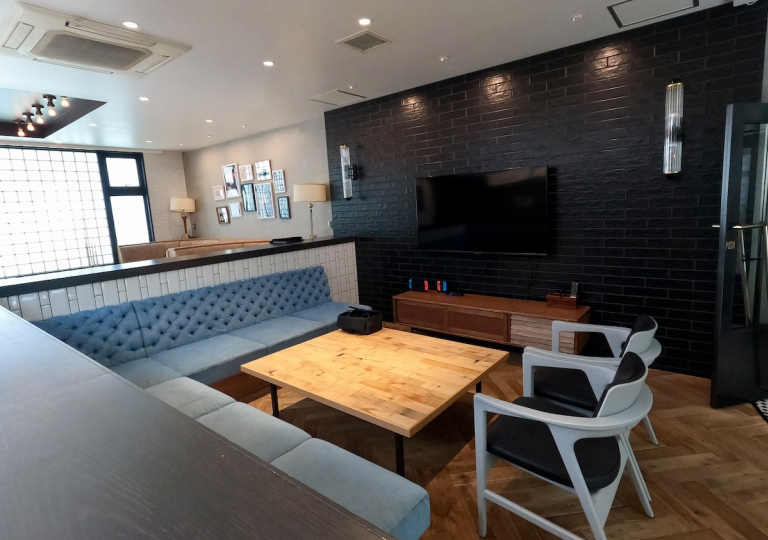

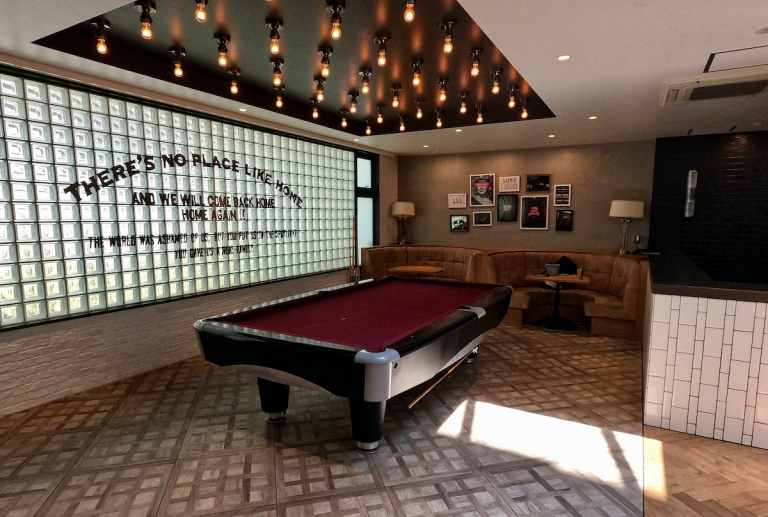


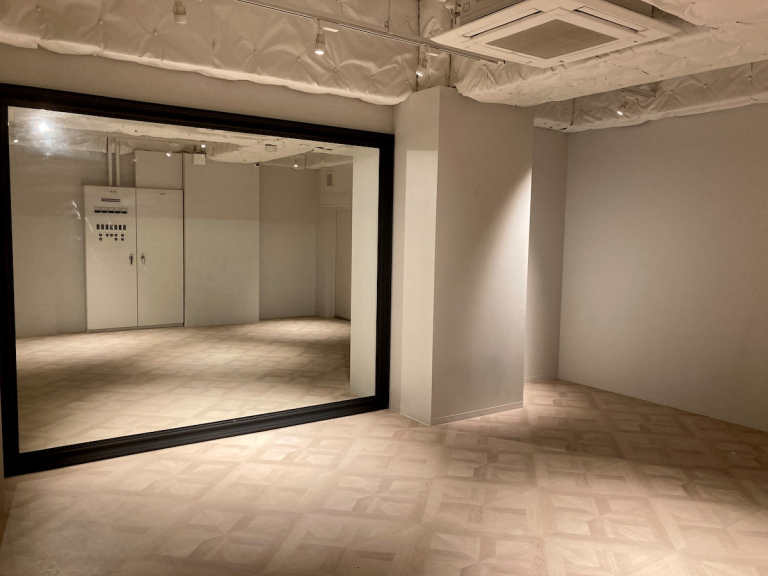

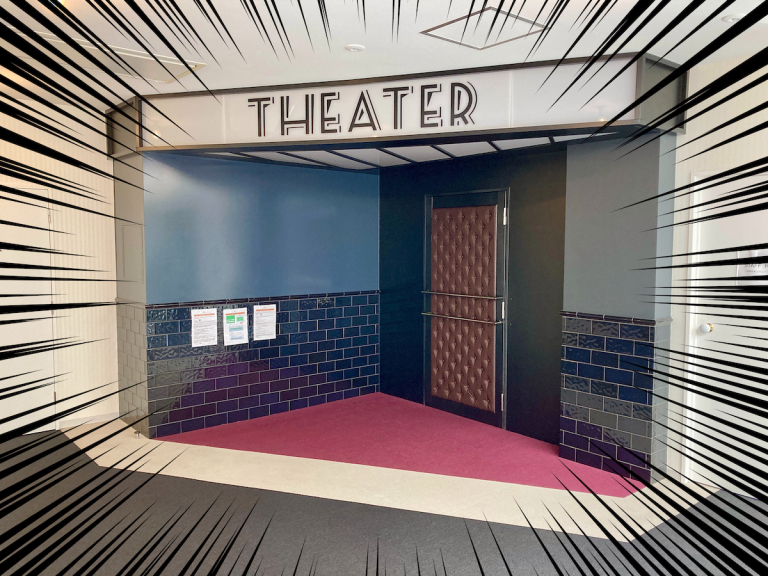

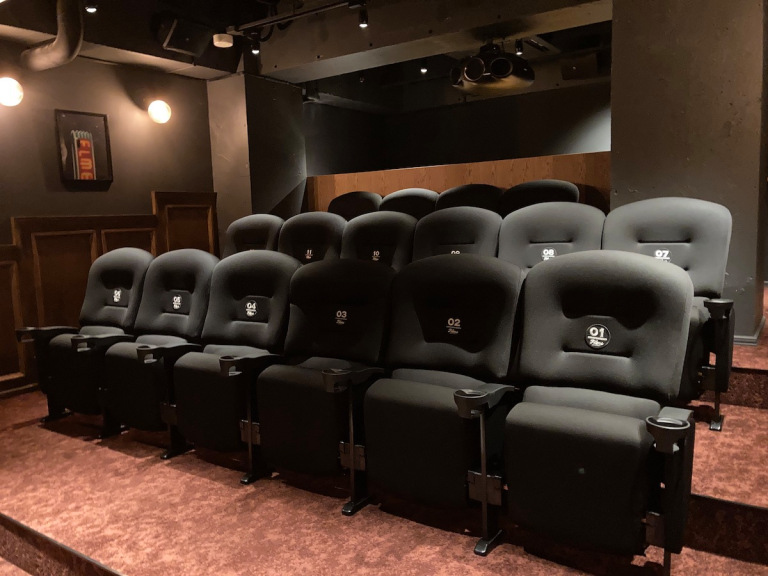
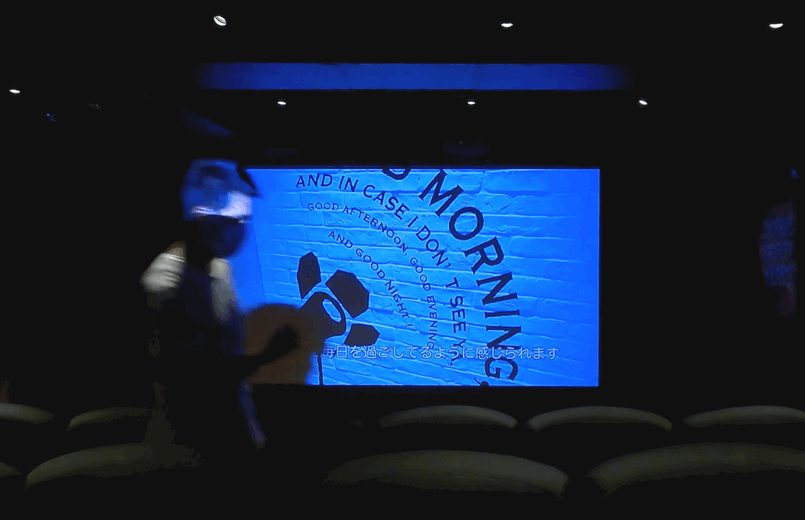
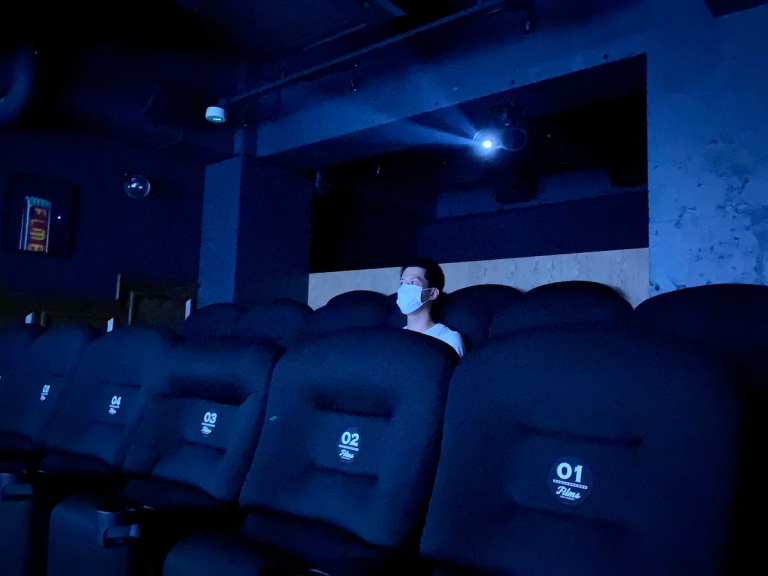


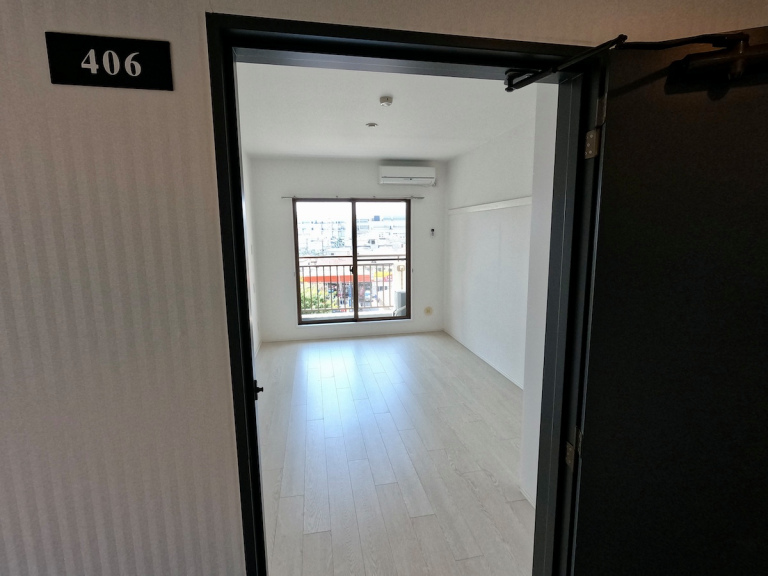
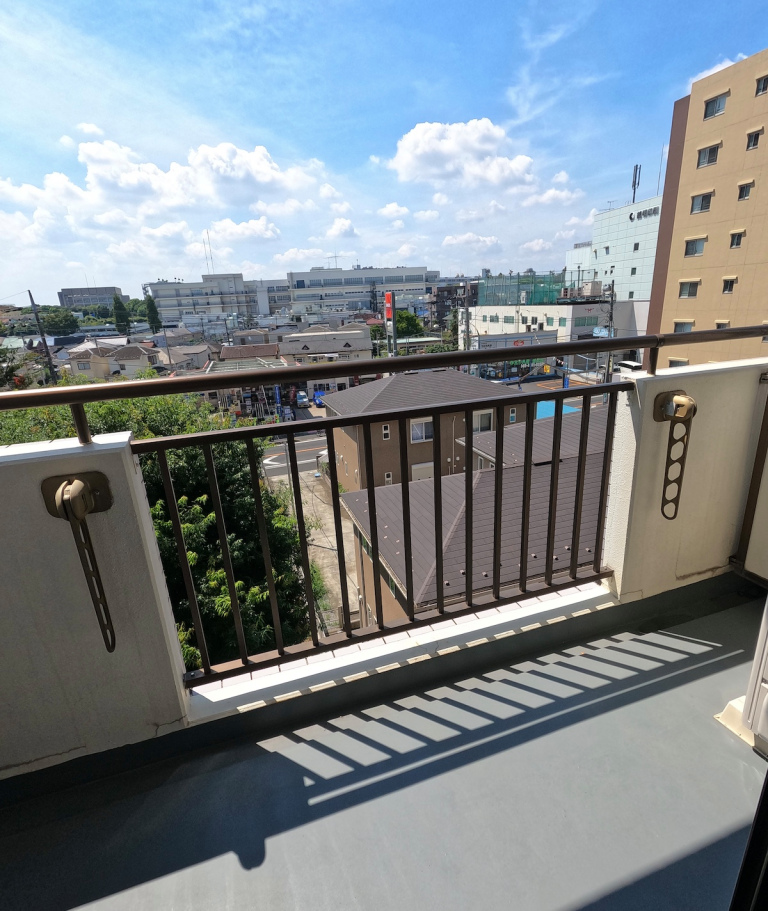
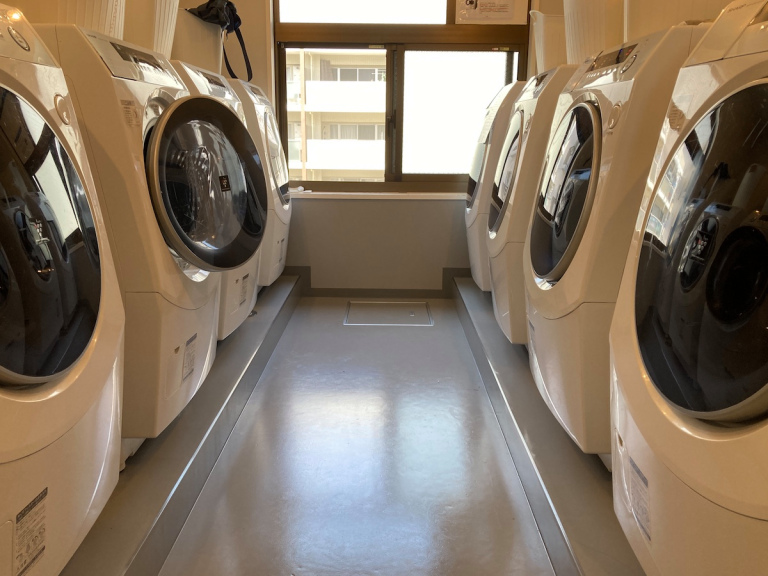
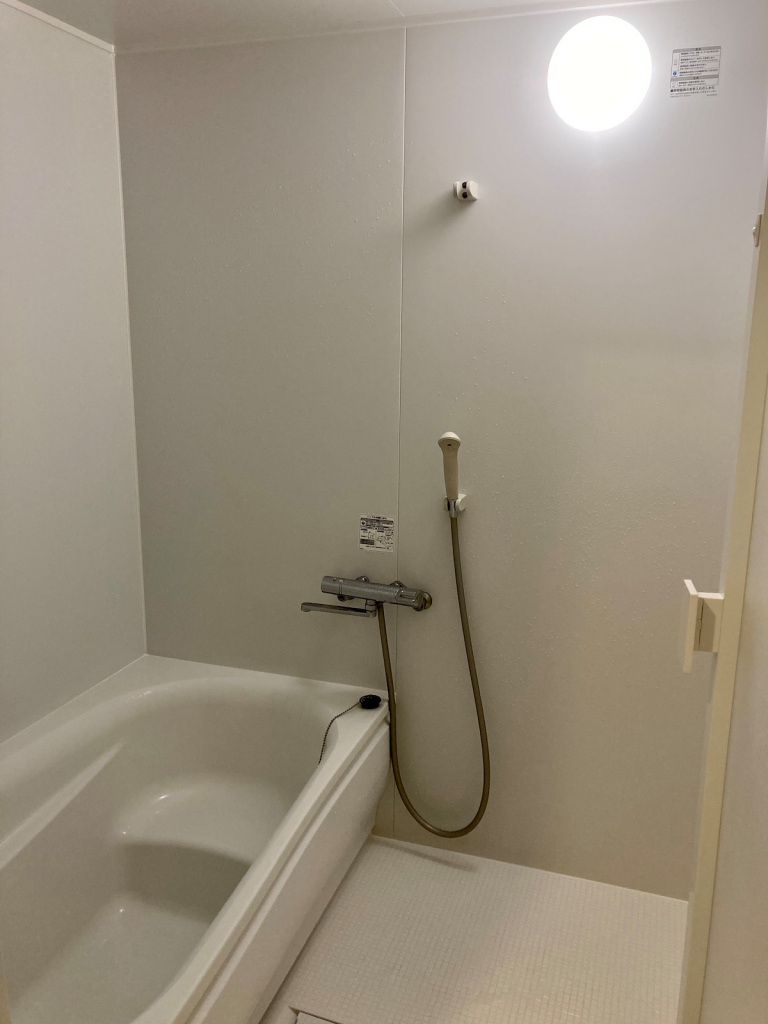

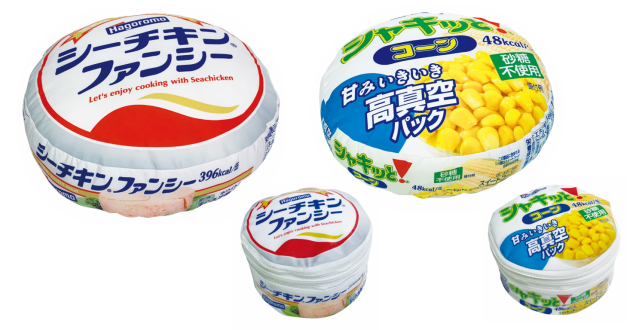
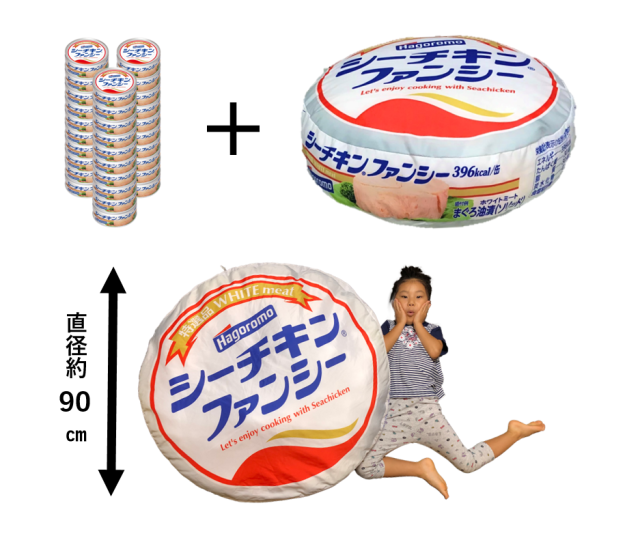
 世界に3つしかない シーチキン超・超・超BIGクッションとシーチキン1か月分がセットで当たる
世界に3つしかない シーチキン超・超・超BIGクッションとシーチキン1か月分がセットで当たる
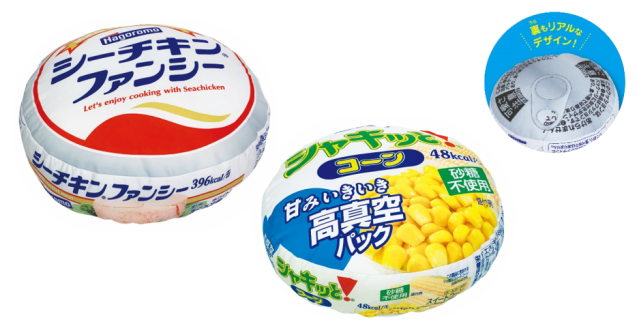
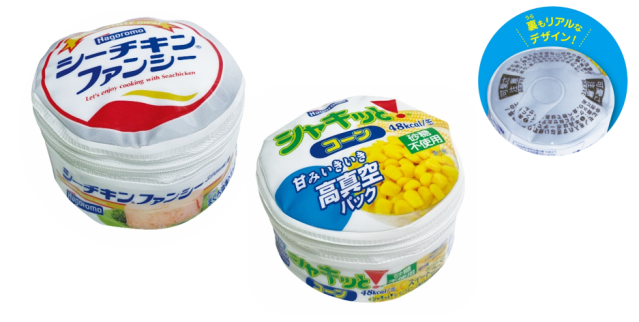

0 comments: